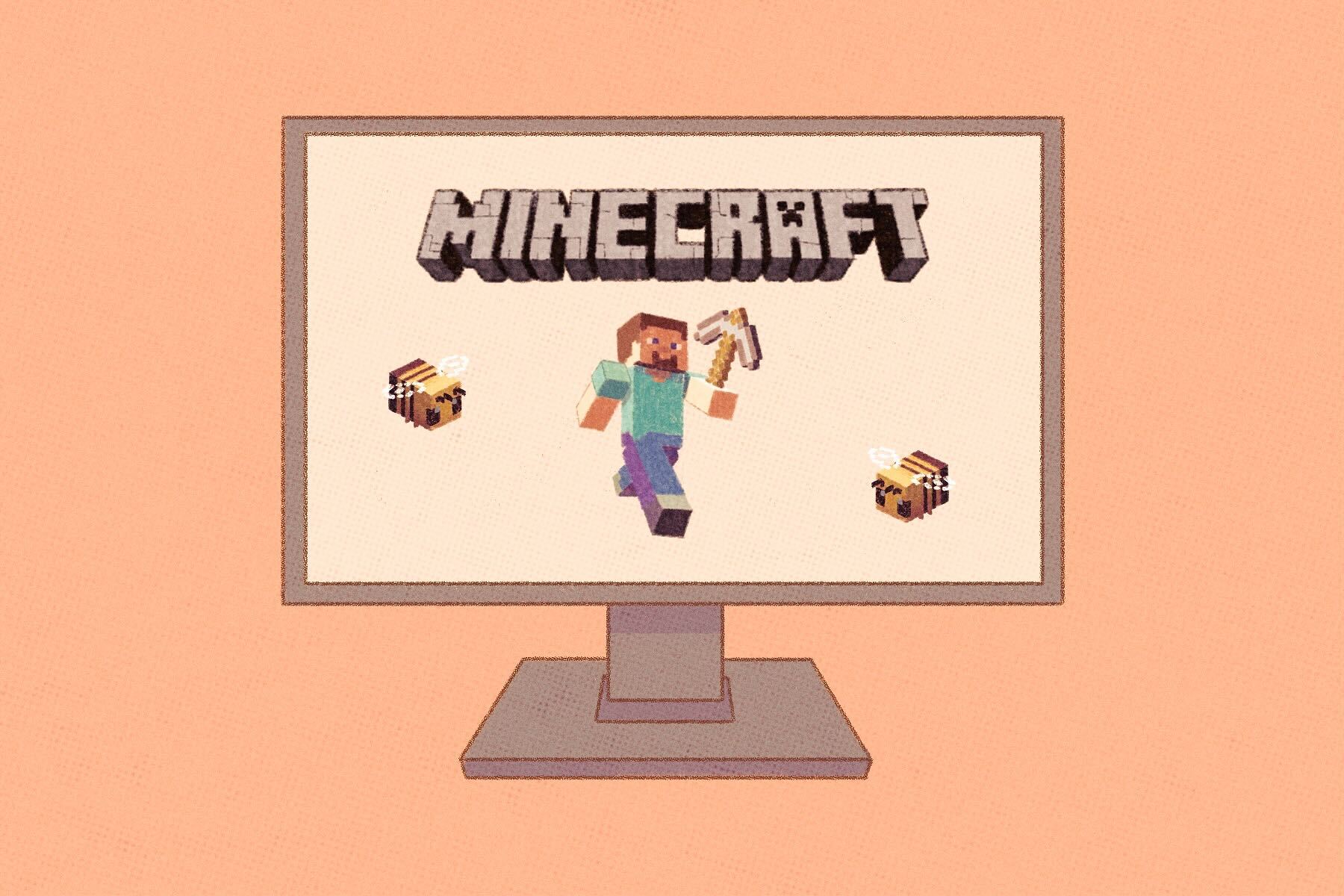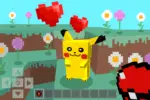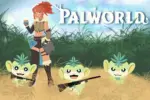Unless you’re too young to know or too old to care, you’ve most likely heard of the game Minecraft. It’s the popular sandbox game where everything is made of blocks, and you as the player can do whatever your heart desires — there are no rules in the world of Minecraft. Over 200 million units have been sold as of 2021, making it one of the most successful games ever made. It has spawned thousands of “lets-play” videos on YouTube, established its own yearly fan convention and at one point was even considered to be made into a movie. But is there something more to Minecraft than just blocks and a few hours of fun? Psychologists from Iowa State University believe the game can be beneficial for creative peoples’ minds.
“The only limit is your imagination,” the narrator states in the official trailer, and that statement is so true. With hundreds of items to use, the world of Minecraft is your oyster. Each world you create is auto-generated — no two worlds are alike (unless you’re using a flat, plain world), and you have the option to explore them under one of four different game modes: Survival, Creative, Hardcore and Adventure.
In Survival, you are dropped into a world with only your instincts, and you must collect resources, kill animals and survive hostile mobs to continue living; in Creative, you can fly across your world freely, and every item in the game is at your disposal; in Hardcore, your gameplay is made more difficult and you cannot re-access your world if you die; and in Adventure, you are free to explore your world without starving, but you also cannot destroy blocks.
When it comes to more expressive and artistic players, Creative mode is their choice of play. With this, players have the freedom to build whatever they please without losing resources or dying. Through this mode, players have built some of the most beautiful and fascinating creations ever seen. Some shining examples include recreations of famous world monuments, endless cities, giant sculptures, and even the whole Earth itself. Using “redstone dust,” the game’s equivalent to electrical wiring, talented players have managed to create ingenious contraptions such as calculators, computers and giant minigames. With the ability to use command blocks — which can be used to change the weather, move whole structures from point A to point B, summon animals, and more — players can essentially become a god. Such a simple gameplay mode can lead to some fantastic accomplishments.
It’s this Creative mode that has the attention of ISU’s psychologists. A few years ago, a test was conducted to see if Minecraft could open the door to creative minds. The 352 participants selected for this test were randomly split into four groups. Group one played Minecraft however they pleased, group two played it “as creatively as possible,” group three played a racing game, and group four watched a TV show. After 40 minutes of doing these activities, the participants were all asked to perform several other activities involving creativity, one of which involved drawing an otherworldly creature. The more “creative” creatures would receive high scores, while the less creative ones would receive lower scores. The final results were quite surprising.
“We thought those two conditions would be the same, or maybe even the one where we primed creativity would be the most creative. There seems to be something about choosing to do it that also matters,” said Douglas Gentile, a professor and experiment supervisor. As it turned out, the group told to play Minecraft the “creative” way was found to have the lowest scores on the creativity test. Conversely, the group that played Minecraft with no rules wound up scoring the highest.
Gentile stated that there was no concrete explanation as to why this was so, although he did have a few ideas. As the lowest-scoring group was ordered to play Minecraft the “creative” way, they might’ve pressured themselves into making specific choices to satisfy the criteria, ironically stifling whatever creativity they might’ve had. Another idea was that the “creative” players sapped their creative juices while playing the game, leaving them with nothing when it came to the drawing test.
In their thesis paper, the psychologists concluded that the mechanics of the game do not solely contribute to results; how a person plays the game also affects how they perform. In the case of the Minecraft experiment, they learned that the game not only assisted in the subjects’ creativity, but that creativity in general can best flourish with few to no restraints. This idea can be attributed to just about any form of creative expression, whether it be art, literature, music, etc. When held back by restraints such as time or criteria, it can be difficult to find that creative spark and keep it lit. Freedom from restraints can help to not only keep the spark lit, but also to transform it into a blazing fire, hopefully one that will last for a long time.
Although it might not be as popular as it was in the early 2010s, Minecraft is still an excellent place for young, expressive minds to nurture and hone their skills. It should also be noted that Minecraft isn’t the only game capable of this; other games can be used as a means to help people, too. For example, the psychologists believe that first-person shooter games can be used to assist with strategizing skills. Come to think of it, many games involve some level of creativity and thinking skills, ranging from puzzle-solving to strategy.
Society upholds these values, so why are they ignored when it comes to playing games? Perhaps it’s the negative stigma surrounding them that’s to blame. The media has frequently villainized games, believing them to encourage acts of violence, laziness or antisocial behavior. It’s been going on ever since games were first invented, and while there is most certainly some truth to these beliefs, it should be noted that there are indeed positives.
Think of it this way: If a person proves themselves wildly imaginative in Minecraft, then maybe their abilities will translate into the real world. With enough education and direction, they can use their abilities for a meaningful purpose. Creativity is not limited to flashy colors and impossible realities; every aspect of our lives required some type of invention, from cars to lightbulbs. Minecraft — along with other games — can be used as a stepping stone to lead young, innovative minds to bright futures.
“The research is starting to tell a more interesting, nuanced picture. Our results are similar to other gaming research in that you get better at what you practice, but how you practice might matter just as much,” Gentile said.
Hopefully, in due time, people will finally recognize the benefits of gaming and be able to implement them in a way that’s healthy, beneficial and fun all at once. Perhaps if we were to use the gaming format in schools, learning would be more entertaining and engaging. Already, Minecraft: Education Edition has been integrated into schools in both America and Sweden (the home of Minecraft’s developer), and it has been proven to educationally benefit the students using it.
It’s time to sweep away the negativity surrounding these games and finally embrace their true potential.
















